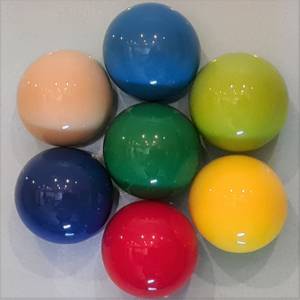Churchill Barrier
Churchill Barrier, Orkney
On 14 October 1939, the Royal Navy battleship HMC Royal Oak was sunk at her moorings within the natural harbour of Scapa Flow, by a German U-boat that entered Scapa Flow through one of several eastern entrances to Scapa Flow.
The eastern passages were protected by measures including sunken block ships, booms and anti-submarine nets, but the U-47 entered at night at high tide by navigating between the block ships.
To prevent further attacks, the First Lord of the Admiralty Winston Churchill ordered the construction of permanent barriers. Work began in May 1940 and the barriers were completed in September 1944.
The bases of the barriers were built from gabions enclosing 250,000 tonnes of broken rock, from quarries on Orkney. The gabions were dropped into place from overhead cableways into waters up to 18 metres (59 ft) deep. The bases were then covered with 66,000 locally cast concrete blocks in five-tonne and ten-tonne sizes. The five-tonne blocks were laid on the core, and the ten-tonne blocks were arranged on the sides in a random pattern to act as wave-breaks.
A project of this size required a substantial labour force, which peaked in 1943 at over 2,000.
Much of the labour was provided by over 1,300 Italian prisoners of war who had been captured in the desert war in North Africa; they were transported to Orkney from early 1942 onwards.
The prisoners were accommodated in three camps, 600 at Camp 60 on Little Holm and the remaining 700 at two camps on Burray. Those at Camp 60 built an ornate Italian Chapel which still survives and has become a tourist attraction.
Info-text picked from Wikipedia
EXTRA: Boris Johnson was here this morning and I joined a gathering of protesters. Here are some of the placards ..


Comments New comments are not currently accepted on this journal.